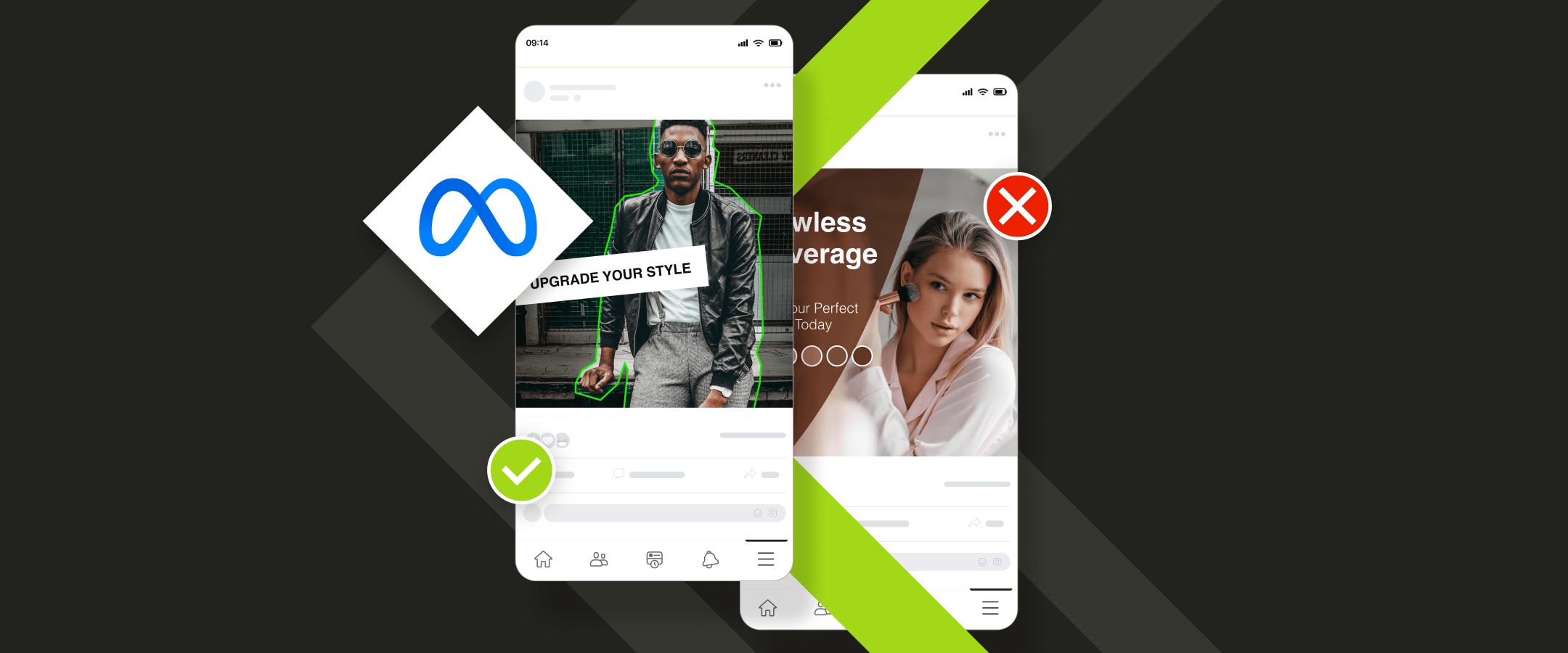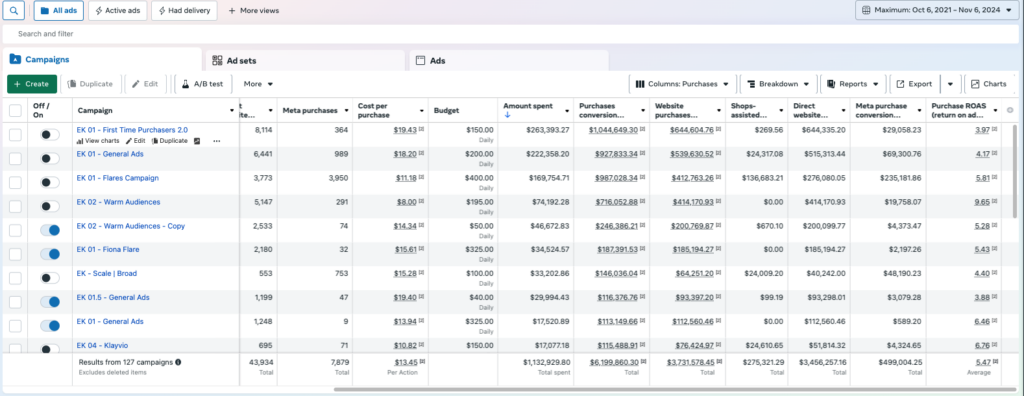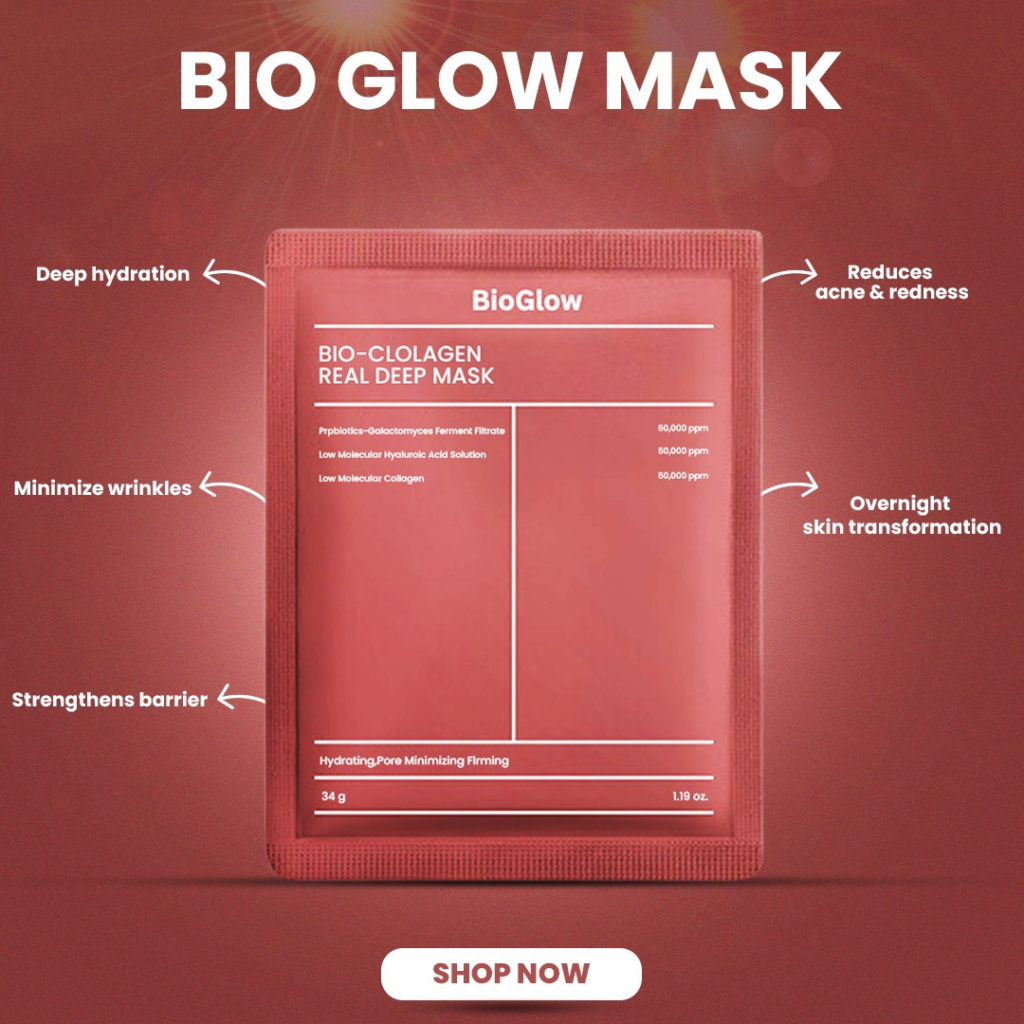
For ecommerce brands, Meta Ads can drive major visibility and conversions—when executed effectively. However, common missteps in strategy, targeting, and budget can lead to wasted resources and low ROI.
We’ll cover the top mistakes that could be holding your Meta Ads back and share actionable fixes to help your ecommerce campaigns succeed.
Meta Ads provide a powerful platform for connecting with your audience, but they come with risks: approximately 62% of ecommerce brands fail to see meaningful results from Meta Ads due to ad setup and strategy mistakes. Missteps in targeting, engagement, and budget allocation can exhaust your resources, leaving little for you to show.
To make sure your Meta Ads strategy pays off, here are some of the most common mistakes to avoid—and how you can turn them into opportunities for stronger returns.
Without a goal-oriented approach, campaigns can lack focus, quickly burn through budgets, and fail to convert.
According to Ethan Kramer, Partner and Social Commerce Practice Leader at Agital, “Running a Meta Ads account without clear goals is like driving a car without a destination—you’re just hoping to find what you need by chance. But with clear goals, it’s like using GPS: you know your exact destination, can easily locate a gas station when needed, and track your progress every step of the way.”
Solution: Craft a Clear Strategy
Case in Point: Villeroy & Boch
Before joining Agital, Villeroy & Boch relied on brand awareness campaigns to drive sales but saw little impact on conversions. Agital shifted its focus to conversion-based campaigns aligned with customer journey stages, resulting in a 6,000% increase in new customer revenue and a 74% decrease in cost–per acquisition (CPA).

Broad targeting wastes ad spend by reaching users who aren’t genuinely interested in your products.
Solution: Use Smart Targeting and Segmentation:
With Meta’s Custom Audiences and Lookalikes, you can segment based on behaviors, interests, and buying intent for greater relevance and engagement.
Case Study: Willow Boutique
Willow Boutique needed help to exceed $10k in monthly sales. Through improved audience segmentation and tailored ads for specific customer interests, we helped them exceeded $100k in one livestream

By expanding their channels, Willow Boutique now enjoys over $1 million in monthly sales across platforms, with optimized audience targeting playing a pivotal role.
Spending too little prevents your ads from reaching enough users to provide meaningful insights, while overspending can drain your budget without ROI.
As you can see in the example below, a low daily budget limits your ad’s ability to learn and improve.

Solution: Optimize Ad Spend With Meta Pixel Tracking
Adjust Budget Based on Pixel Insights: Allocate more budget to high-converting segments. If Pixel data shows that users engaging with your ads through Instagram Stories have a 25% higher conversion rate, prioritize spending on that placement.
Customer lifetime value is a crucial metric for ecommerce stores looking to understand and maximize their long-term revenue. Agital Impact, for example, offers CLV insights that guide strategic decisions, such as retention efforts and upselling.
Jumping straight into hard-sell ads often turns off potential customers unfamiliar with your brand. Building trust through nurturing is vital to success.
Solution: Retargeting and Dynamic Ads:
Retargeting ads reconnect with users based on their journey stage, while dynamic ads personalize experiences to increase engagement and conversions.
In our partnership with Zum by Indigo Wild, you can see we retargeted customers with the product they had viewed on the Indigo Wild website and a special offer to try to increase conversion.

Retargeting Ads: Re-engage users based on their position in the buyer journey.
Dynamic Ads: Personalize ad content based on user behavior to drive conversions.

By using retargeting and dynamic ads, you deliver relevant, timely content to each user, fostering stronger engagement and boosting conversion rates by aligning ad content with their unique journey.
Case Study: Villeroy & Boch
After switching to conversion-focused strategies, we incorporated retargeting campaigns to re-engage Villeroy & Boch’s interested users. This led to a 1,620% boost in account revenue and an 850% increase in conversion rate, showing the power of nurturing prospects through the funnel.
Without regular A/B testing, it’s difficult to understand what resonates best with your audience, leading to missed opportunities for engagement and conversions.
Solution: Commit to A/B Testing and Optimization

By consistently testing and optimizing ad elements, you’ll gain actionable insights that allow you to fine-tune campaigns, leading to stronger engagement and higher conversion rates.
Meta rewards high-quality content with greater reach and lower costs, while low-qual
ity ads see limited exposure and drive up costs.
Solution: Invest in High-Quality Content
This approach not only attracts engagement but also signals to Meta’s algorithm that your content is valuable, boosting its reach and lowering ad costs.
Here are examples of both poor and good calls to action.
Poor: The value propositions lack strength and fail to set this face mask apart from others in the industry. The product’s use isn’t clear, and without a visual element, it risks being mistaken for a different type of product, missing an opportunity to connect with the audience effectively.

Good: The next ad targets content toward college students by addressing their life stage (e.g. the challenges of school) and pairing it with solutions to issues they care about, like skincare or appearance.

“I always see targeting and content going hand in hand. Understanding your audience can elevate your targeting within your Meta Ads account and ensure your content speaks directly to your prospect’s pain points and needs,” says Kaitlyn Kerr, Senior Manager of Paid Media at Agital.
Sending users to mismatched landing pages creates a poor experience and increases bounce rates.
Solution: Match Landing Pages to Ad Intent:
Design pages that reflect the ad message, improving user experience and increasing conversions.
Case Study: Willow Boutique
We optimized Willow Boutique’s landing pages to match their ad themes, resulting in higher conversions and improved ROAS. A cohesive user journey from ad to page also made a difference in customer satisfaction and repeat sales.
Without complete data tracking, you lack the insights to understand what’s working and where to improve.
Solution: Implement Comprehensive Tracking:
Use Meta Pixel and UTM parameters to collect actionable insights that help refine your campaigns for better performance.
Maximizing the potential of Meta Ads for ecommerce growth relies on a few essential strategies.
These strategies help ensure steady growth and facilitate the scaling of your campaigns in a more impactful way.
Catch the Full Discussion in Our Webinar Recording
If you missed our webinar, “Why Meta Ads Fail With Ecommerce Businesses And How To Fix It” with pros Ethan Kramer and Kaitlyn Kerr, it’s not too late!
Listen to the recording to discover strategies for maximizing your Meta Ads performance, boosting your ROI, and ensuring every ad dollar counts.
